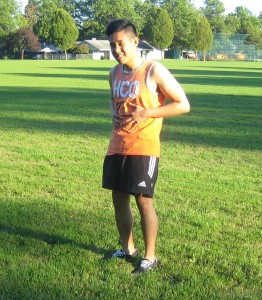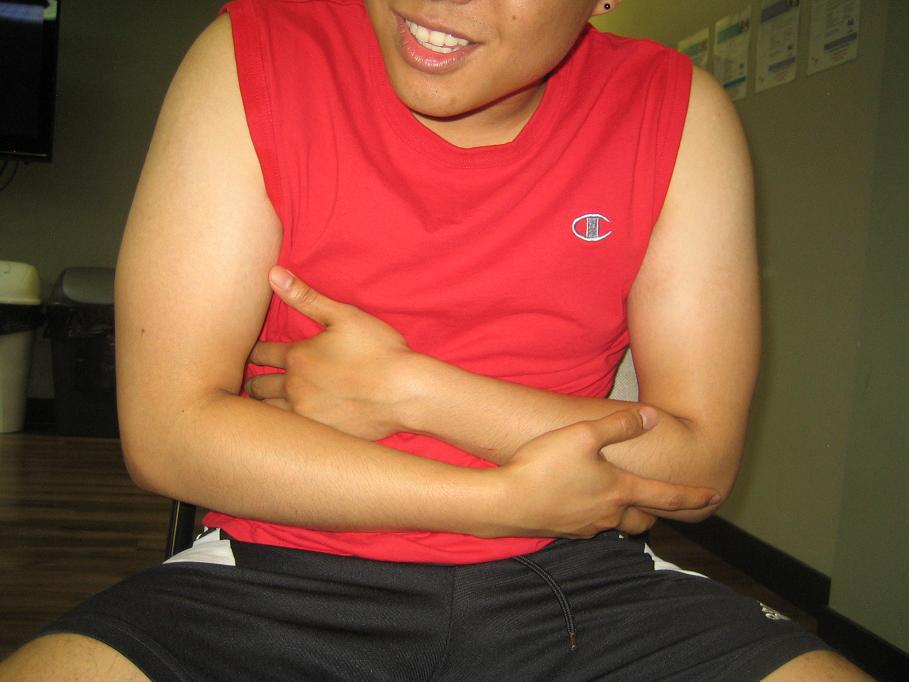A pulled abdominal muscle or muscle strain can happen to anyone. It is caused by an injury to the abdominal area due to excessive straining. The tear or pull can be mild, moderate or severe. The abdominal muscles can be strained from a variety of activities including coughing, simple laughing and exercising.
A strained muscle produces a dull ache all the time which becomes severe with movement such as throwing, batting, serving a tennis ball and spiking during volleyball. The small blood vessels can be affected and result to bruising.
Grades of a muscle tear

- Grade 1 or mild – there is mild discomfort, no disability and no limitation of activities.
- For a grade 2 or moderate – there is moderate discomfort, reduced ability to perform activities such as twisting movements and crunches.
- Grade 3 or severe – causes pain during normal activities along with muscle spasms and bruising.
Symptoms
- Pain and discomfort especially in the chest
- Spasms of the abdominal wall
- Bruising and swelling
- In severe cases, a bulge can develop in the lower area of the stomach or groin area.
Treatment for pulled abdominal muscles
- After experiencing the pain while performing exercises or heavy lifting, stop activity, sit down and elevate the feet in a reclining position.
- Apply an ice pack on the affected area immediately to lessen the pain, swelling and bleeding for at least 20 minutes at a time every 3-4 hours on the first 24-48 hours after the injury.
- Apply moist heat on the affected area to relax the muscles for at least 10-15 minutes before performing warm-up and stretching exercises.
- Take the prescribed over-the-counter pain medication such as ibuprofen, acetaminophen and naproxen to lessen the pain and inflammations.
- Perform deep tissue massage for fast healing of the condition. Massage techniques applied to the muscles improves circulation of blood and relaxes tight knots in the muscles.
Tips
- Perform proper warm up and stretching before any activities to prevent injuries. Strong and flexible muscles are less prone to straining. Perform sit-ups or abdominal crunches to strengthen the abdominal muscles.
- When lifting heavy objects, bend the knees and hips and maintain a straight back.
- Rest in a recliner to lessen the straining of the stomach muscles. Use a chair when sitting in upright position.
Disclaimer / More Information
The material posted on this page on pulled abdominal muscles is for learning purposes only. Learn to recognize and manage muscles injuries including pulled abdominal muscles by taking a first aid and CPR class with one of our training providers.
FACT CHECK
https://www.webmd.com/fitness-exercise/features/abdominal-strains#1
https://www.healthline.com/health/abdominal-strain
https://www.summitmedicalgroup.com/library/adult_health/sma_abdominal_muscle_strain/

